The Science of Human Sensory Perception
Introduction
Human sensory perception refers to the process by which humans interpret and make sense of information gathered through their sensory systems. This process involves the detection, interpretation, and perception of sensory stimuli, including sight, sound, touch, taste, and smell. The study of human sensory perception is a multidisciplinary field that encompasses psychology, neuroscience, and biology.
Sensory Systems
Visual System
The visual system is responsible for processing visual information. It includes the eyes, which capture light, and the brain, which interprets this light as images. The retina, a layer of tissue at the back of the eye, contains photoreceptor cells that convert light into electrical signals. These signals are then sent to the brain via the optic nerve.
Auditory System
The auditory system is responsible for the perception of sound. It includes the ears, which capture sound waves, and the brain, which interprets these waves as sound. The cochlea, a spiral-shaped organ in the inner ear, contains hair cells that convert sound vibrations into electrical signals. These signals are then sent to the brain via the auditory nerve.
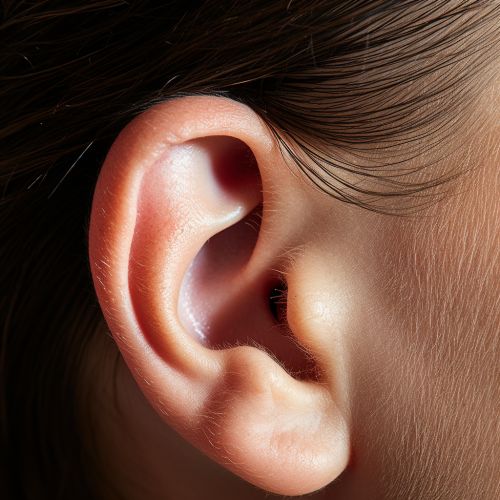

Gustatory System
The gustatory system is responsible for the perception of taste. It includes the taste buds, which detect different tastes, and the brain, which interprets these tastes. The taste buds, located on the tongue, contain taste receptor cells that respond to chemical substances in food and drink. These substances can be sweet, sour, salty, bitter, or umami (savory).
Olfactory System
The olfactory system is responsible for the perception of smell. It includes the nose, which detects odors, and the brain, which interprets these odors. The olfactory epithelium, a tissue inside the nose, contains olfactory receptor neurons that respond to chemical substances in the air. These substances can be pleasant, unpleasant, or neutral.

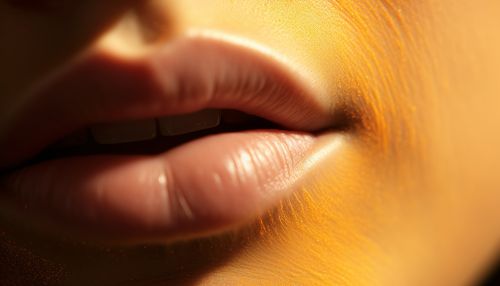
Somatosensory System
The somatosensory system is responsible for the perception of touch, temperature, and pain. It includes the skin, which detects tactile stimuli, and the brain, which interprets these stimuli. The skin contains a variety of sensory receptors that respond to different types of tactile stimuli, such as pressure, vibration, heat, cold, and pain.
Perception Process
The perception process involves several steps: detection, transduction, transmission, perception, and interpretation.
Detection
Detection is the first step in the perception process. It involves the sensory organs capturing sensory stimuli from the environment. For example, the eyes detect light, the ears detect sound waves, the nose detects odors, the tongue detects tastes, and the skin detects tactile stimuli.
Transduction
Transduction is the process by which sensory receptors convert sensory stimuli into electrical signals. For example, photoreceptor cells in the retina convert light into electrical signals, hair cells in the cochlea convert sound vibrations into electrical signals, taste receptor cells in the taste buds convert chemical substances into electrical signals, olfactory receptor neurons in the olfactory epithelium convert chemical substances into electrical signals, and sensory receptors in the skin convert tactile stimuli into electrical signals.
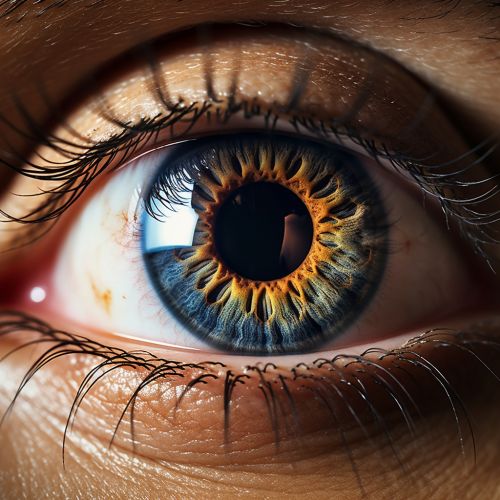

Transmission
Transmission is the process by which electrical signals are sent from the sensory receptors to the brain. This is done via the sensory nerves, which are part of the peripheral nervous system. For example, the optic nerve transmits signals from the retina to the brain, the auditory nerve transmits signals from the cochlea to the brain, the gustatory nerves transmit signals from the taste buds to the brain, the olfactory nerve transmits signals from the olfactory epithelium to the brain, and the somatosensory nerves transmit signals from the skin to the brain.
Perception
Perception is the process by which the brain interprets the electrical signals it receives from the sensory receptors. This involves the sensory areas of the brain, which are part of the cerebral cortex. For example, the visual cortex interprets signals from the retina, the auditory cortex interprets signals from the cochlea, the gustatory cortex interprets signals from the taste buds, the olfactory cortex interprets signals from the olfactory epithelium, and the somatosensory cortex interprets signals from the skin.
Interpretation
Interpretation is the final step in the perception process. It involves the brain making sense of the sensory information it has received and interpreted. This can involve memory, as the brain compares the current sensory information with past sensory experiences, and cognition, as the brain uses thought processes to understand the sensory information.
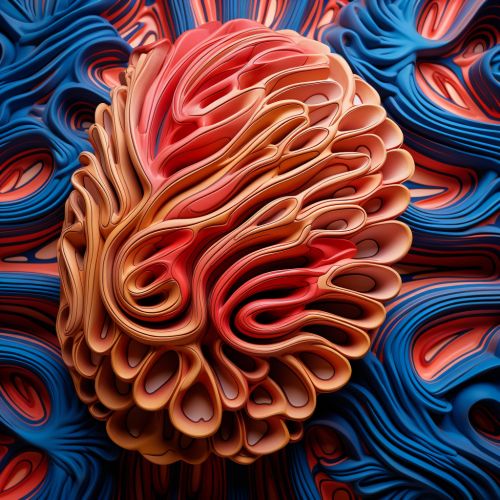
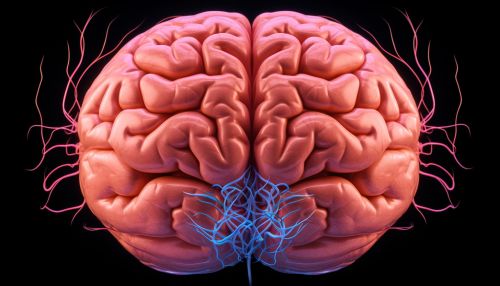
Sensory Disorders
Sensory disorders are conditions that affect the sensory systems. They can result from damage to the sensory organs, the sensory nerves, or the sensory areas of the brain. Examples of sensory disorders include blindness, deafness, ageusia (loss of taste), anosmia (loss of smell), and hypoesthesia (reduced sense of touch).
